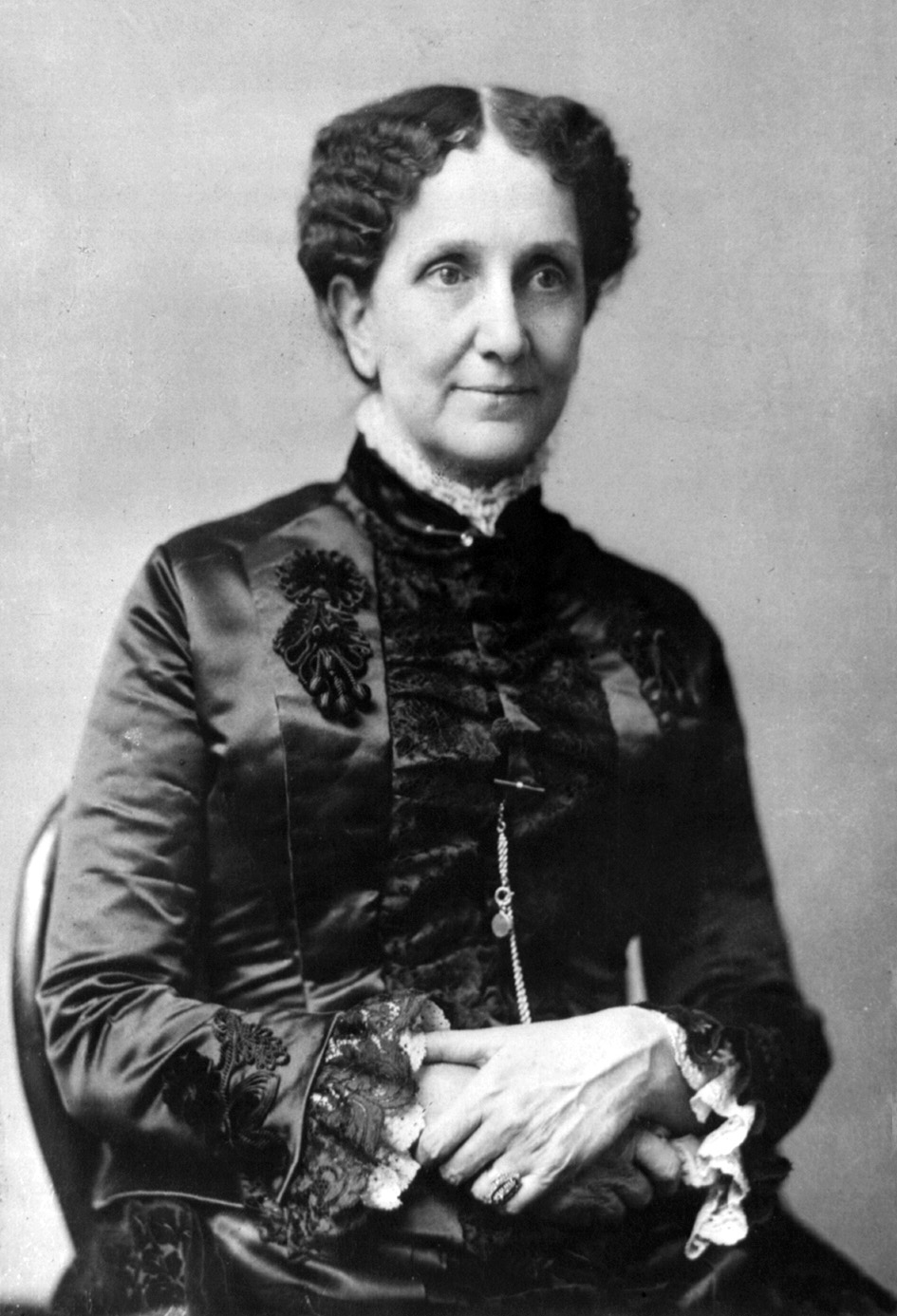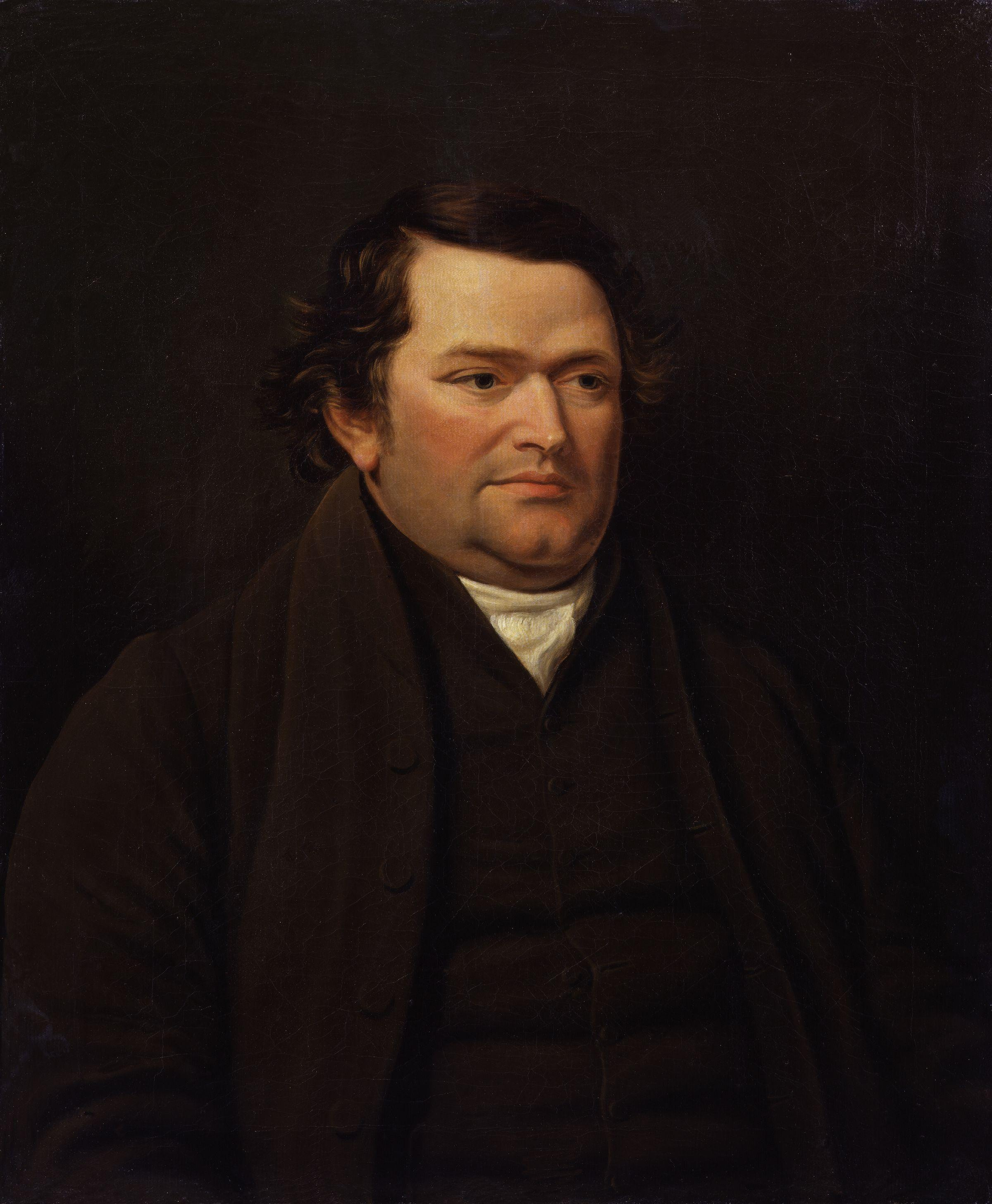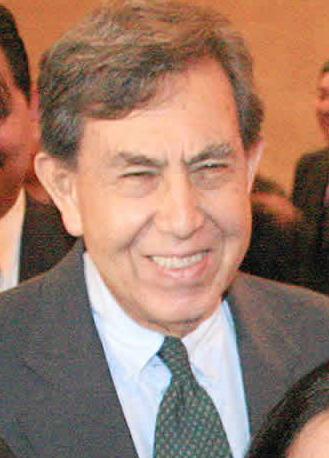|
Pact For Mexico
The Pact for Mexico is a national political agreement signed on December 2, 2012 in the Chapultepec Castle in Mexico City by the president of Mexico, Enrique Peña Nieto, as well as Gustavo Madero Muñoz, the president of the National Action Party; Cristina Díaz, the acting chair of the Institutional Revolutionary Party; and Jesús Zambrano Grijalva, chair of the Party of the Democratic Revolution. The Green Party of Mexico joined as a signatory to the agreement on January 28, 2013. The pact's framework is composed of 95 public policy proposals based on three guiding principles: * The strengthening of the Mexican State * The democratization of the economy and politics, as well as the expansion and effective implementation of social rights * The participation of citizens as key actors in the design, implementation and evaluation of public policies. The pact is divided into 5 parts: Vision, Agreements, National Budget Agreements 2013, Work Method, and Commitments for the Reform ... [...More Info...] [...Related Items...] OR: [Wikipedia] [Google] [Baidu] |
Chapultepec Castle
Chapultepec Castle () is located on top of Chapultepec Hill in Mexico City's Chapultepec park. The name ''Chapultepec'' is the Nahuatl word which means "on the hill of the grasshopper". It is located at the entrance to Chapultepec park, at a height of above sea level. The site of the hill was a sacred place for Aztecs, and the buildings atop it have served several purposes during its history, including serving as a military academy, imperial residence, presidential residence, observatory, and since February 1939, the National Museum of History. Chapultepec Castle, along with Iturbide Palace, also in Mexico City, are the only royal palaces in North America which were inhabited by monarchs. It was built during the Viceroyalty of New Spain as a summer house for the highest colonial administrator, the viceroy. It was given various uses, from a gunpowder warehouse to a military academy in 1841. It was remodeled and added to and became the official residence of Emperor Maximil ... [...More Info...] [...Related Items...] OR: [Wikipedia] [Google] [Baidu] |
Congress Of The Union
The Congress of the Union (, ), formally known as the General Congress of the United Mexican States (''Congreso General de los Estados Unidos Mexicanos''), is the legislature of the federal government of Mexico. It consists of two chambers: the Senate of the Republic and the Chamber of Deputies. Its 628 members (128 senators and 500 deputies) meet in Mexico City. Structure The Congress is a bicameral body, consisting of two chambers: the Senate of the Republic and the Chamber of Deputies. Its structure and responsibilities are defined in the Third Title, Second Chapter, Articles 50 to 79 of the 1917 Constitution. The upper chamber is the Senate, ''Cámara de Senadores'' or ''Senado''. It comprises 128 seats: 96 members are elected by plurality vote, with three members being elected in each state (two seats are awarded to the winning party or coalition and one to the first runner-up); the other 32 members are elected by proportional representation in a single country-wi ... [...More Info...] [...Related Items...] OR: [Wikipedia] [Google] [Baidu] |
John M
John is a common English name and surname: * John (given name) * John (surname) John may also refer to: New Testament Works * Gospel of John, a title often shortened to John * First Epistle of John, often shortened to 1 John * Second Epistle of John, often shortened to 2 John * Third Epistle of John, often shortened to 3 John People * John the Baptist (died ), regarded as a prophet and the forerunner of Jesus Christ * John the Apostle (died ), one of the twelve apostles of Jesus Christ * John the Evangelist, assigned author of the Fourth Gospel, once identified with the Apostle * John of Patmos, also known as John the Divine or John the Revelator, the author of the Book of Revelation, once identified with the Apostle * John the Presbyter, a figure either identified with or distinguished from the Apostle, the Evangelist and John of Patmos Other people with the given name Religious figures * John, father of Andrew the Apostle and Saint Peter * Pope John ( ... [...More Info...] [...Related Items...] OR: [Wikipedia] [Google] [Baidu] |
The Christian Science Monitor
''The Christian Science Monitor'' (''CSM''), commonly known as ''The Monitor'', is a nonprofit news organization that publishes daily articles both in Electronic publishing, electronic format and a weekly print edition. It was founded in 1908 as a daily newspaper by Mary Baker Eddy, founder of the new religious movement Christian Science, Church of Christ, Scientist. Since its founding, the newspaper has been based in Boston. Over its existence, seven ''Monitor'' journalists have been awarded the Pulitzer Prize, including Edmund Stevens (1950), John Hughes (editor), John Hughes (1968), Howard James (1968), Robert Cahn (1969), Richard Strout (1978), David S. Rohde (1996), and Clay Bennett (cartoonist), Clay Bennett (2002)."Pulitzer Prizes" at ''The Christian Science Monitor'' official website H ...
|
Official Journal Of The Federation
The (DOF; translated variously as the ''Official Journal of the Federation'' or else as ''Official Gazette of the Federation''), published daily by the government of Mexico, is the main official government publication in Mexico. It was established on September 28, 1848. Current issues express legally the political, economic and social institutions in Mexico, while the history of those same institutions can be read in older issues. The Official Journal is similar to other main governmental journals (as the United States ''Federal Register'' or the ''Canada Gazette''), but they differ from each other because they respond primarily to their type of government and secondly to their legal system. In the Official Journal, the main rules and regulations of the three branches of the federal government are published. This journal is the head of the set of the governmental journals in Mexico (every state and the Federal District has an official gazette for its jurisdiction, and also s ... [...More Info...] [...Related Items...] OR: [Wikipedia] [Google] [Baidu] |
Education Reform
Education reform is the goal of changing public education. The meaning and educational methods have changed through debates over what content or experiences result in an educated individual or an educated society. Historically, the motivations for reform have not reflected the current needs of society. A consistent theme of reform includes the idea that large systematic changes to educational standards will produce social returns in citizens' health, wealth, and well-being. As part of the broader social and political processes, the term education reform refers to the chronology of significant, systematic revisions made to amend the educational legislation, Learning standards, standards, methodology, and Education policy, policy affecting a nation's public school system to reflect the needs and values of contemporary society. In the 18th century, Liberal arts education, classical education instruction from an in-home personal tutor, hired at the family's expense, was primarily a pri ... [...More Info...] [...Related Items...] OR: [Wikipedia] [Google] [Baidu] |
Human Rights
Human rights are universally recognized Morality, moral principles or Social norm, norms that establish standards of human behavior and are often protected by both Municipal law, national and international laws. These rights are considered inherent and inalienable, meaning they belong to every individual simply by virtue of being human, regardless of characteristics like nationality, ethnicity, religion, or socio-economic status. They encompass a broad range of civil, political, economic, social, and cultural rights, such as the right to life, freedom of expression, protection against enslavement, and right to education. The modern concept of human rights gained significant prominence after World War II, particularly in response to the atrocities of the Holocaust, leading to the adoption of the Universal Declaration of Human Rights (UDHR) by the United Nations General Assembly in 1948. This document outlined a comprehensive framework of rights that countries are encouraged t ... [...More Info...] [...Related Items...] OR: [Wikipedia] [Google] [Baidu] |
Educational Inequality
Educational Inequality is the unequal distribution of academic resources, including but not limited to school funding, qualified and experienced teachers, booksphysical facilitiesand technologies, to socially excluded communities. These communities tend to be historically disadvantaged and oppressed. Individuals belonging to these marginalized groups are often denied access to schools with adequate resources and those that can be accessed are so distant from these communities. Inequality leads to major differences in the educational success or efficiency of these individuals and ultimately suppresses social and economic mobility. Inequality in education is broken down into different types: regional inequality, inequality by sex, inequality by social stratification, inequality by parental income, inequality by parent occupation, and many more. Measuring educational efficacy varies by country and even provinces/states within the country. Generally, grades, GPA test scores, other sc ... [...More Info...] [...Related Items...] OR: [Wikipedia] [Google] [Baidu] |
List Of Heads Of Government Of The Mexican Federal District
The head of government () wields executive power in Mexico City. The head of government serves a six-year term, running concurrently with that of the president of the Republic. Mexico City, or CDMX, is the seat of national government, and is largely contiguous with the core of the sprawling Mexico City conurbation. Background According to Article 122 of the Constitution, "the Head of Government of the Federal District shall be responsible for executive power and public administration in the district and shall be represented by a single individual, elected by universal, free, direct, and secret suffrage." The title is commonly rendered in English as "mayor of Mexico City" but in reality the position does not correspond to the mayor of a municipality. Even though the position is called head of government, it has the rank of governor of a state and has a seat on the National Governors Conference. For the greater part of the 20th century, the D.F. was administered directly by the ... [...More Info...] [...Related Items...] OR: [Wikipedia] [Google] [Baidu] |
List Of Current State Governors In Mexico
The United Mexican States, commonly known as Mexico, is a federation comprising thirty-two federal entities. The Head of Government of Mexico City is not considered a governorship, but the position is included on this list of governors for completeness. Article 115 of the current Federal Constitution states that, for their internal government, the states shall adopt the republican, representative, democratic, secular, and popular form of government, with the free municipality as the basis of their territorial division and political and administrative organization. The election of governors of the states and the local legislatures shall be direct and in the manner prescribed by their respective electoral laws. State governors serve six-year terms and, like the President of Mexico, they are barred from seeking reelection. No one who has previously held a governorship may run for or serve in the post again, even on a caretaker basis. Candidates for governor must be Mexican citi ... [...More Info...] [...Related Items...] OR: [Wikipedia] [Google] [Baidu] |
Mexican Executive Cabinet
The Cabinet of Mexico is the Executive Cabinet () and is a part of the Executive (government), executive branch of the Mexico, Mexican government. It consists of nineteen Secretary of State (Mexico), Secretaries of State and the Legal Counsel of the Federal Executive. In addition to the legal Executive Cabinet there are other Cabinet-level administration offices that report directly to the President of Mexico, President of the Republic (''Gabinete Ampliado''). Officials from the legal and extended Cabinet (''Gabinete Legal y Ampliado'') are subordinate to the President. Constitutional and legal basis The term "Cabinet" does not appear in the Constitution of Mexico, Constitution, where reference is made only to the Secretaries of State. Article 89 of the Constitution provides that the President of Mexico can appoint and remove Secretaries of State. The Executive Cabinet does not play a collective legislative or executive role (as do the Cabinets in parliamentary systems). ... [...More Info...] [...Related Items...] OR: [Wikipedia] [Google] [Baidu] |






